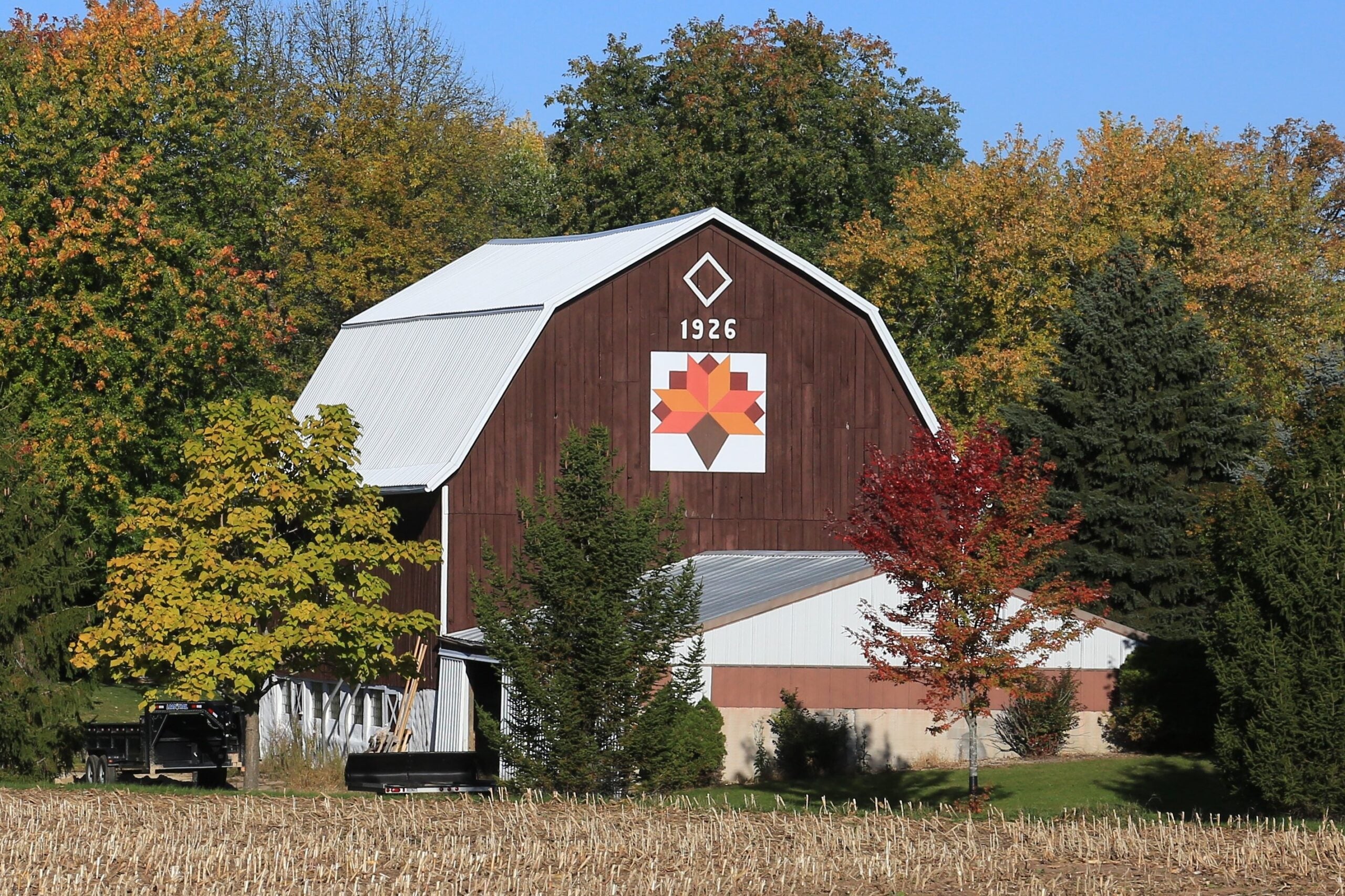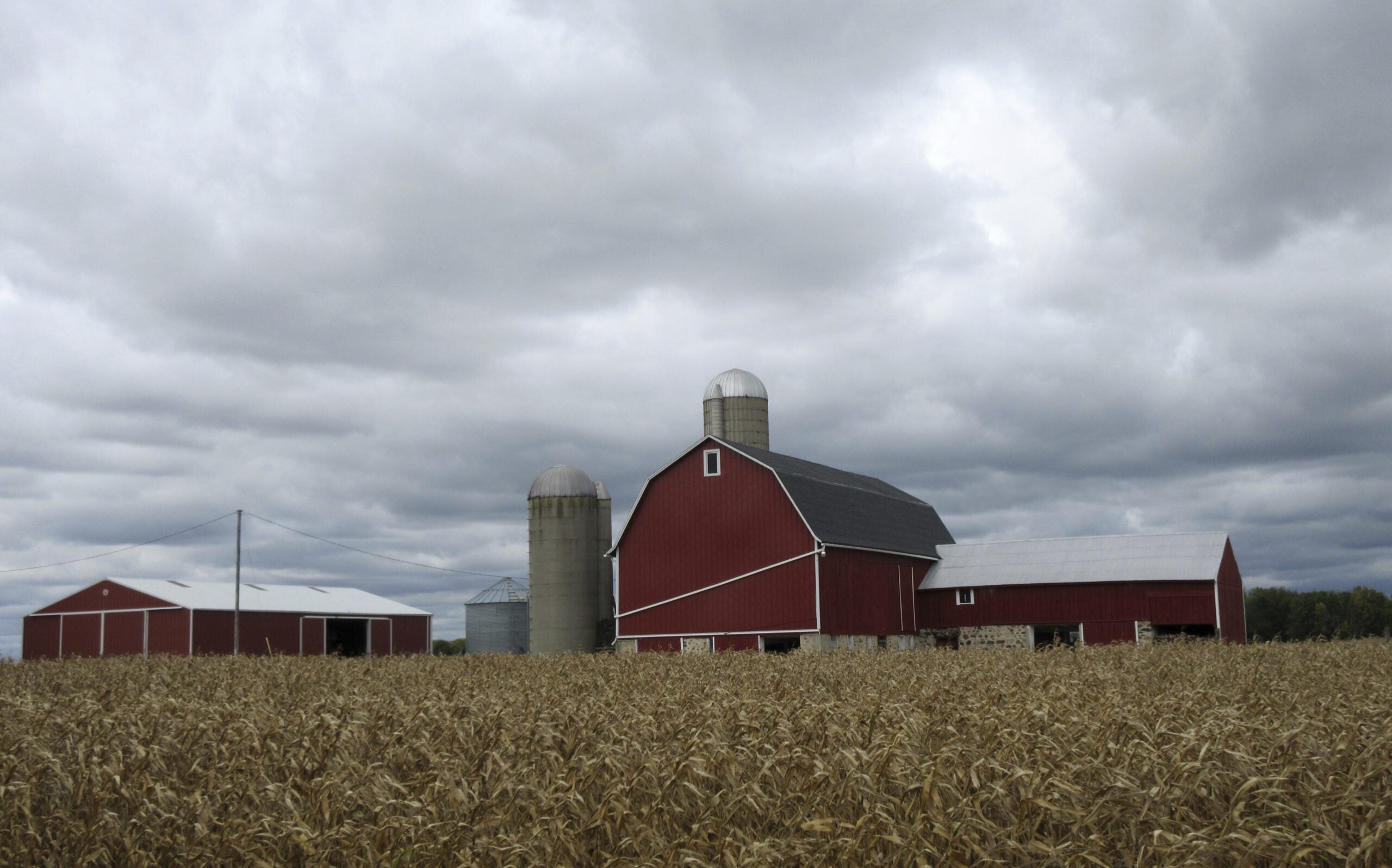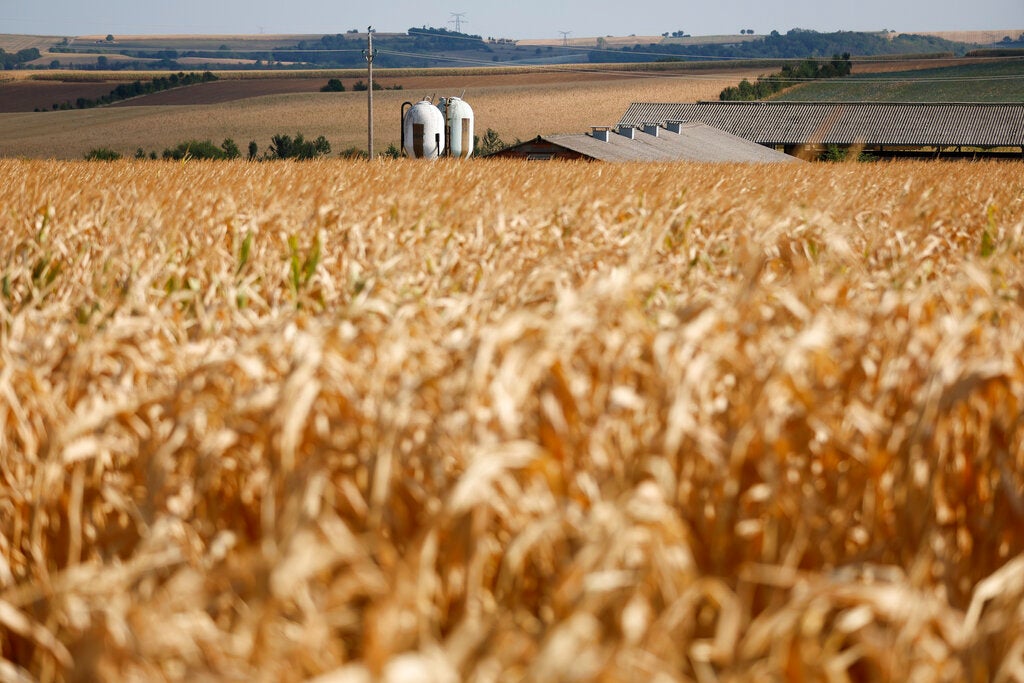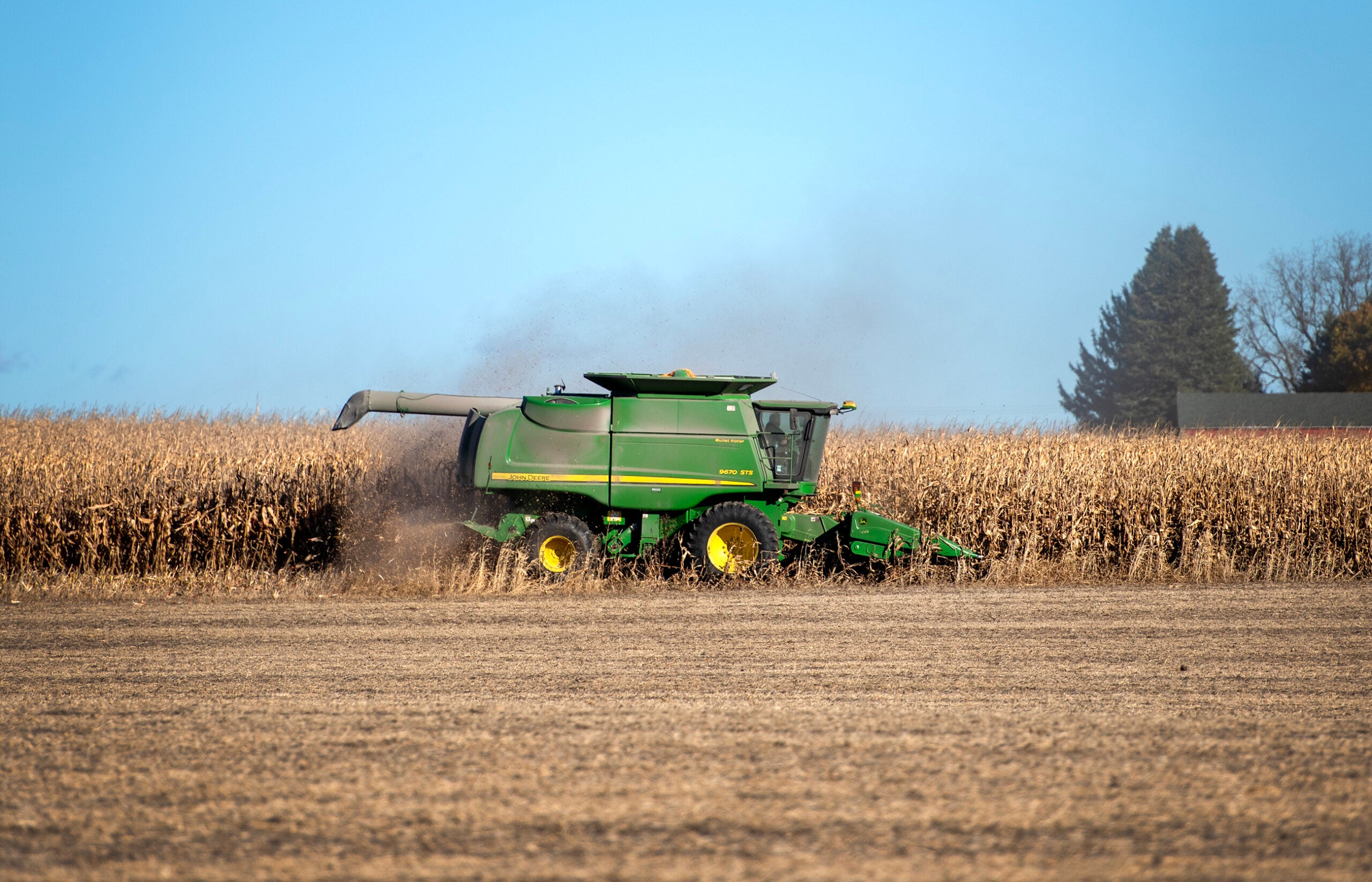The economic relationship between Wisconsin family farms and the rural communities that surround them is changing.
UW-Madison agricultural and applied economics professor Steve Deller said that smaller farms are struggling to generate enough income to support themselves, so families are more often turning to off-farm employment to help pay the bills.
Deller said this represents a reversal from the historical dynamic of the farm, where the agricultural operations were supporting the rural communities around them.
Stay informed on the latest news
Sign up for WPR’s email newsletter.
He joined WPR’s “Wisconsin Today” to share his latest research on the decline of family farms in the state and how nearby towns and villages support them.
The following was edited for clarity and brevity.
Kate Archer Kent: What kind of declines are you seeing in Wisconsin farms?
Steve Deller: We’re seeing, basically, consolidation. Farms are getting bigger. It’s economies of scale. There was a period in the 1980s and 1990s where it kind of stabilized a little bit, but we’re seeing that pattern of further consolidation returning.
What they’re doing is, they’re selling the herds off to other, larger farms, furthering the consolidation. So the number of milking cows is actually relatively stable. It goes up and down a little bit, but what we’re seeing is that more and more of that herd is being concentrated in fewer, larger farms.
KAK: How is this affecting jobs and the need for off-farm employment to support farms?
SD: The traditional thought is that, for a healthy rural economy, you have to have healthy agriculture. The flow of economic benefits goes from the farm to the rural communities. But when you start to look at the financing of the farm family or the farm household, the data is really suggesting something very, very different.
Historically, someone would get a job off-farm primarily to get health insurance. Increasingly, that off-farm income is keeping the farm afloat. It’s keeping the family afloat, and because the family is now financially stable, because of that off-farm income, the farm is able to continue to operate.
KAK: Are there enough reliable off-farm jobs available in surrounding rural communities?
SD: If you start to look at a reasonable commuting distance, it really kind of opens up a lot of opportunities. And when you get into many of these rural communities, there’s still labor shortages. We’ve been generating more jobs than we have people for years. So the opportunity for off-farm employment is actually pretty good, particularly if you’re willing to drive a little bit.
KAK: How should this trend influence public policy for these rural communities?
SD: I think the takeaway from this research is that we have to think about the relationship between the farm and rural communities differently.
The policy implication is that, if you want to maintain a farming economy — maintain those family farms, those medium sized, intermediate sized farms — you have to make sure that there’s good-paying, off-farm employment that has good benefits.
So the idea is that now we have to look at this more holistically, and we have to look at how farming and the local business community work together more.
KAK: What do we lose when we lose the small family farm?
SD: I think it’s part of our culture. I think it’s part of the way that we view ourselves. From a purely economic perspective — if I put my cold-hearted economist hat on — these really small farms don’t impact the local economy that much. But it’s a cultural dimension. It’s part of who we are. There’s pride in it. It’s part of our identity.
Also, if you look at things like farmers markets, a lot of the local foods are from these smaller farms. So if we want to maintain local food systems, in order for those farms to maintain, there has to be off-farm income.





